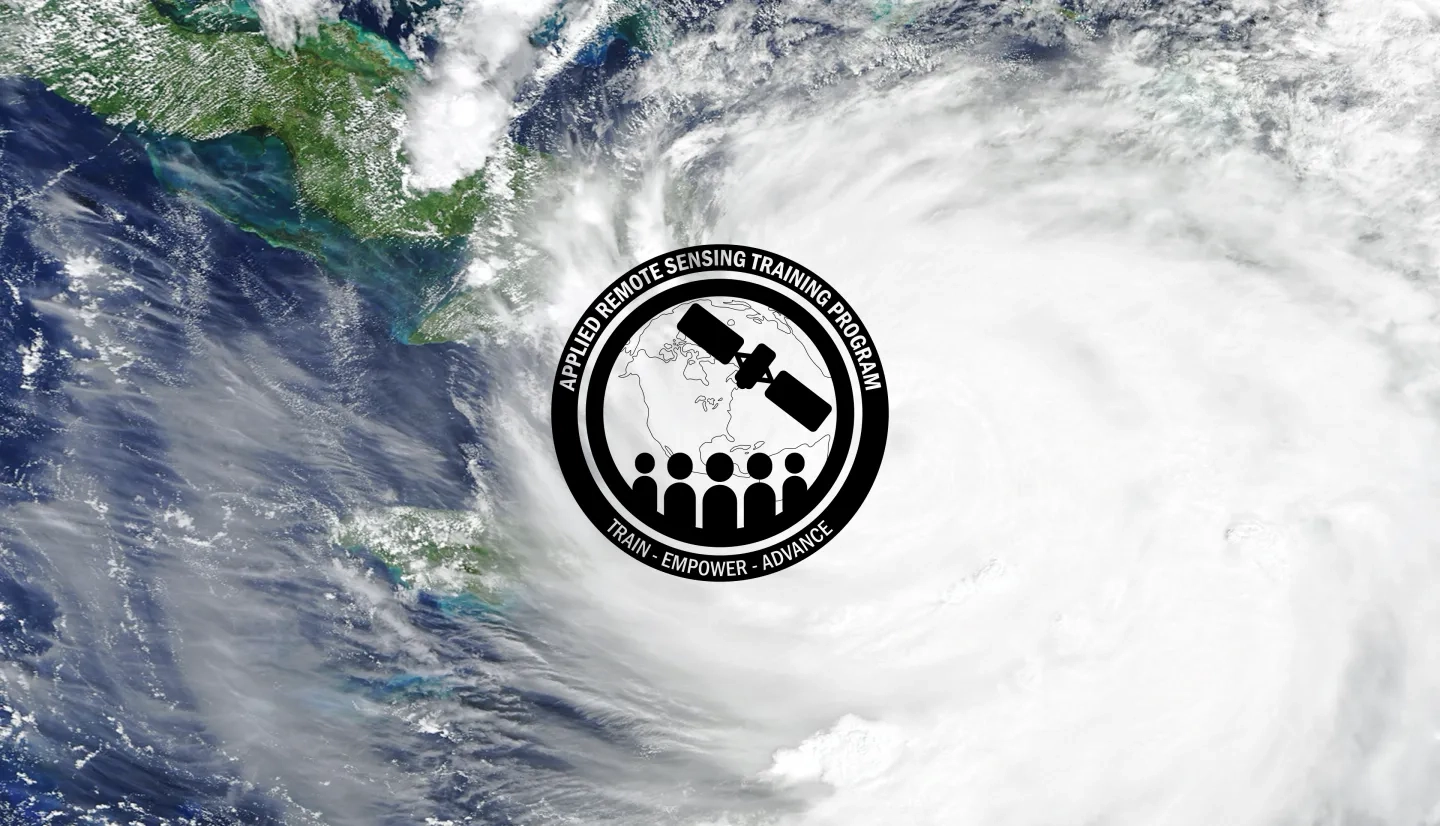Description
February 21, 2017
Up-to-date and accessible information is essential to providing an effective, coordinated response to disasters, such as earthquakes, floods, and tropical storms. The Global Disaster Alert and Coordination System (GDACS) provides near real-time data, alerts, and impact assessments that can be accessed online. The interactive website integrates coordination tools with maps and satellite imagery relevant to an event, including NASA satellite imagery and MODIS-based flood mapping from the Dartmouth Flood Observatory. In this two-hour webinar, participants learn how to use GDACS to monitor real-time disasters, assess the impacts of an event, and develop response strategies for both national and international events. The training includes a presentation, followed by a demonstration of GDACS features and a case study with step-by-step instructions for obtaining satellite images, alerts, and crisis management information using GDACS.
There are no prerequisites for this training.
By the end of this training, participants will be able to:
- Monitor real-time disasters using satellite images and maps
- Use GIS-based and in situ information to inform impact assessments and response strategies
Disaster managers, emergency and relief organizations, and NGOs operating on local to international levels. Professional organizations in the public and private sectors engaged in disaster management and relief will be given preference over organizations focused primarily on research.
- One 2-hour session
English:
- Overview of Global Disaster Alert & Coordination System Presentation Slides
- Overview of UNITAR-UNOSAT and GDACS Satellite Mapping Coordination System Presentation Slides by guest speaker Luca Dell'Oro
- Homework Assignment
Spanish:
- Panorama del Sistema Mundial de Alerta y Coordinación de Desastres (GDACS)
- Panorama de UNITAR-UNOSAT y del sistema de coordinación de mapeo del GDACS
- Tarea



